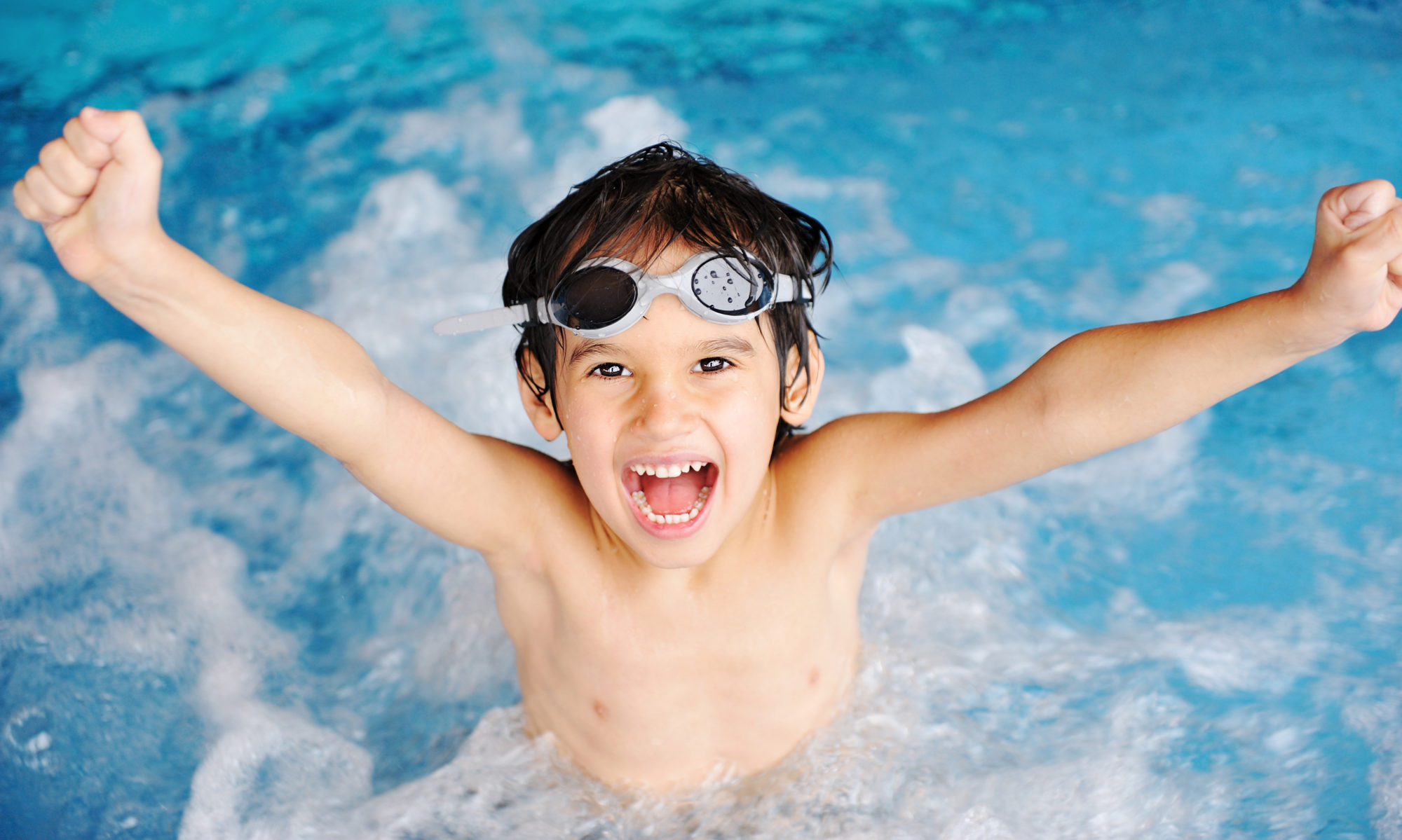Once your child knows how to hold his breath and put his face in the water, it’s still a jump to put his whole head under the water. The pressure he’ll feel in his nose and ears will be uncomfortable and unfamiliar, and it will take a lot of practice to make dunking his whole head feel effortless and unremarkable. Here’s how to teach this swimming skill.
How to Teach Your Kids to Put Their Heads Underwater
Demonstrate what you’re aiming for. Watching you do each step will help your kids see what’s possible and understand what they’ll be learning.
After you demonstrate, teach your kids in the following steps.
One Cheek at a Time
While you hold your child, have him hold his breath and put the side of his face in the water. Have him gently lower his cheek into the water so that it’s fully submerged but his nose isn’t in the water. This will give him his first experience of having water fill his ear. Try it on both sides.
Moving Around
Once he’s used to putting his cheeks in the water, practice moving his body while he’s in this position. You can hold him so that he’s lying on his side in the water or cradled on his side in your arms, whichever feels more comfortable for him. Have him face you so that he can look up to make eye contact if he needs the extra security.
Start moving your child’s body gently, always moving in the direction of his head. This will allow the water to flow over his face toward his chin and will keep water from getting into his nose.
Dunking!
Have your child put his whole head in the water by himself while you hold him. It’s easiest if he puts his head in the water face first. Have him start with his mouth in the water first, then the rest of his face, and finally the rest of his head. This way of entering the water is less likely to force water up his nose. Let him hold his nose if that’s a concern.
Do’s
Do encourage your child to burp. Learning to hold your breath often involves swallowing some air.
Don’ts
Don’t force your child’s head underwater. It’s important to let your kids go at their own pace when they’re learning this swimming skill.
